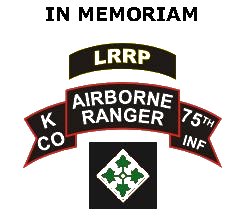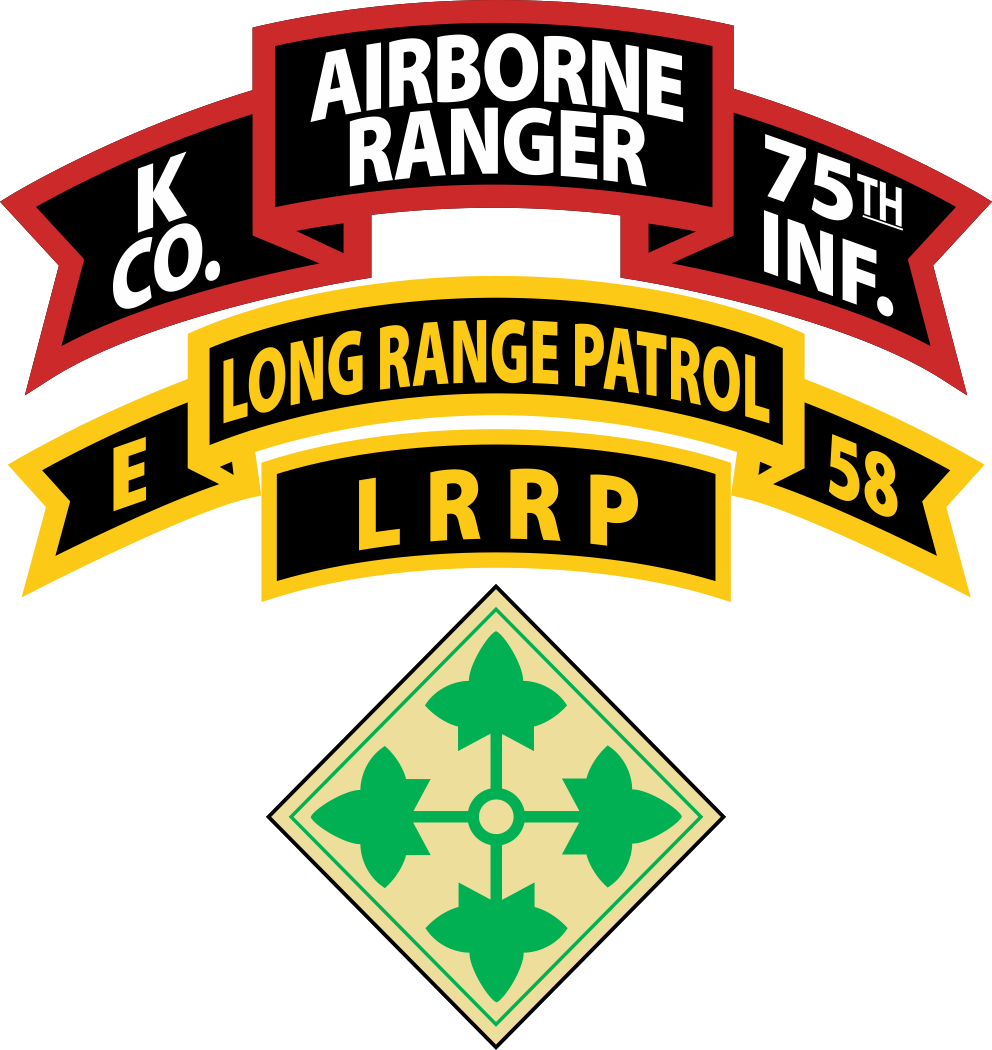
HUSTON EUGENE WHITLOCK aka
KEN EDWARD BRADSHAW
September 22, 1946 – April 26, 2007

Ken was born Springfield, Ohio on September 22, 1946 to father Stephen Whitlock and Betty Lee Waugh Gibson Whitlock (1920-1982). Ken’s mother’s first marriage to Robert Gibson had ended in divorce, as was the marriage to Stephen Whitlock. The name Huston Eugene Whitlock was given to the newborn amid great hopes and dreams for his wonderful life. The marriage of his parents did not survive the blue-collar life in Ohio at the time. His mother, after a second failed marriage, finally found the love of her life. In 1957, when Ken was 11, she married Herbert Ervin Bradshaw (1928-2009) who became, and remained his first stable father figure. Ken grew up in the working-class area of Ohio along with his sister Brenda Bradshaw and two brothers Robert and Jim.
Ken graduated high school in Springfield, OH in 1963 and after a while found himself drafted into the U.S. Army on November 23, 1965. There was a war just starting up far away in a hot, humid land covered in jungle, known as Vietnam.
In the initial stages of the United States presence in Vietnam, the clear lack of real-time intelligence nearly allowed the NVA to overrun Col. Hal Moore’s 1st Cav in the Ia Drang, a battle related in the book and movie “We Were Soldiers Once….and Young”. Shortly after that hard-won battle, the Cav was replaced by the 4th Infantry Division with the mission to “Tame the Ia Drang”. One of the first decisions was to determine how best to know the enemy. The solution was to insert 4-man teams of Rangers, then called LRRPs, to surreptitiously live in the jungle amongst the enemy. They would be inserted into the jungle for extended missions and patrol an area of suspected enemy concentration to uncover weaknesses. The first of these units was the 2nd Bde. LRRPs (Long Range Reconnaissance Patrol) of the 4th Infantry Division. Ken was to find himself recruited by Lt. Mike Lapolla for the newly formed 2nd Brigade LRRPs running missions out of “The Oasis” in Kontum Province.
As a LRRP / Ranger, Ken earned the respect and admiration of his brother warriors on each mission he undertook. It was not always easy, but it was always the Ranger’s. The early LRRPs shared a special bond. They began constructing the LRRP / Ranger reputation those that followed continued to expand. Rangers like Houston always accomplished their mission despite the danger, then took great efforts to minimize what they had done. The 1967 story published in IVY LEAF, the newspaper of the 4th Inf Division illustrated that best:
“By Sp5 George Beidler, Plei Djereng – Five members of the 2nd Brigade’s Long Range Reconnaissance Platoon were awarded Bronze Star Medals by Major General William R. Peers, 4th Division commander, immediately after the team returned from a mission which resulted in six enemy killed. Under the direction of Staff Sergeant John Sanderson (Detroit), the LRRP team had been patrolling the Central Highlands for four days when an uncharted trail was discovered. “It was obvious the route was frequently used,” explained the sergeant, ” so we moved about 50 meters off to the right and waited.”
The team began preparing for the evening while Private First Class Daniel Harmon (Kodiak, Alaska), radio-telephone operator, cut an observation and night ambush route through the dense jungle foliage to the trail. Nothing occurred until early morning when the LRRP was alerted by small arms and automatic weapons fire. “We knew there were Civilian Irregular Defense Group forces working to the south so we crawled to predesignated positions along the main trail,” said Private First Class Houston Whitlock (Los Angeles). Four hours later, Sergeant Sanderson saw 10 NVA soldiers armed with a French light machine gun and carrying packs moving toward his position. “Three stopped right in front of me and one pointed the machine gun my way,” explained Specialist 4 James R. Hart (West Chester, Pa.). “I emptied a magazine into them, then Harmon and I pulled back.
It’s hard to say what could have been following them. “We didn’t get 10 feet when we heard grenades and Sanderson calling for help. By the time we got back he had killed three more and the others were ‘dee-deeing’ down the path. We grabbed their packs and weapons and made it into the brush.” The team informed brigade headquarters of the incident and within minutes helicopter gunships were enroute to a nearby landing zone to extract the infantrymen. “As we were leaving we noticed that one man was still alive, but in bad shape,” recalled Specialist 4 Jackie Simmons (Jamaica, N.Y.). “We carried him about 300 meters before he died.” The men were extracted and upon arriving at the 2nd Brigade forward command post – still clad in sweat-soaked “tiger” fatigues and web gear – they were presented Bronze Stars for their day’s work by General Peers.
When asked how long the fire fight lasted, Sergeant Sanderson mused, “Oh, about a Bronze Star’s worth.” For Sergeant Sanderson, Specialist Hart and PFC Harmon, this was the second Bronze Star for Heroism they have earned within two months.”
Ken received his Honorable Discharged November 22, 1967. He earned his coveted Combat Infantryman’s Badge and numerous other awards and decorations. He left the Army but he never left the brotherhood of Rangers. He was to continue to be a supporter of Rangers for the remainder of his life.
At some point, shortly after leaving the military, the Ranger we all knew as Huston Eugene Whitlock legally changed his name to Ken Edward Bradshaw, perhaps as a way to honor the man he came to know as his father. He lived the remainder of his life as Ken Bradshaw and in his honor we remember him with both names etched in our minds.
Ken Married Regina Bradshaw in Columbus, Ohio in 1971 and had two children, Brea Bradshaw and Teri Bradshaw Fish. He worked three jobs to be able to purchase a small 3-bedroom house in North Ridgeville, OH. Eventually he found his niche as a machinist. The hours were long but the money good. Life seemed to turn for the best – two cars, vacations, a little savings ….. then they moved the factory and he found himself without a job. He applied everywhere, but found the lines long. Eventually he moved to Cleveland, Tennessee to begin again. He found a job working as a truck driver for Signal Delivery.
Ken Edward Bradshaw passed on April 26, 2007 at his home in Cleveland, TN. Survivors include his wife, Regina Bradshaw of Cleveland; father, Herbert Bradshaw of Lakeland, Fla.; two children: Brea Bradshaw and Teri Fish and her husband, Todd, all of Cleveland; grandchildren: Mina Fish and Gabriel Fish, all of Cleveland; two brothers and their spouses: Robert and Barb Browning of Knoxville, and Jim and Becky Zook of Pennsylvania; and sister, Brenda Bradshaw of Florida.

